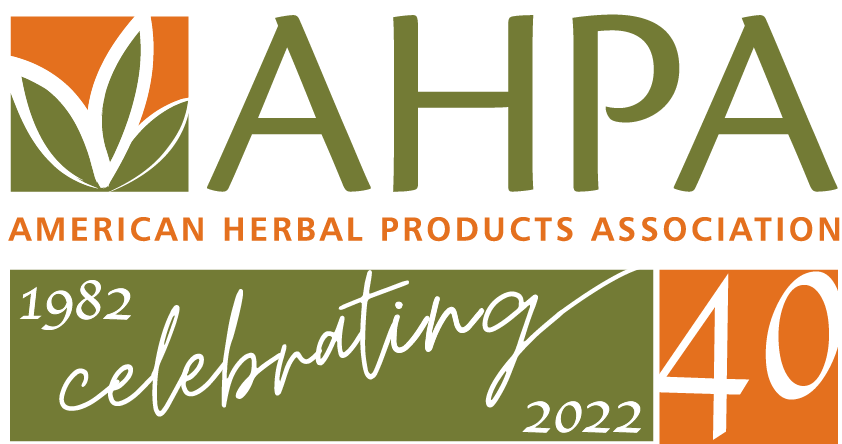- Matricaria chamomilla (chamomile) – A May 2021 review identified additional references for a case report of a potential drug interaction, numerous clinical trials, human and animal pharmacology studies, as well as references for consumption during pregnancy.
- Valeriana spp. (various valerian species) – A June 2021 review added animal studies of potential drug interactions, clinical trial adverse event reports, case reports, and toxicity studies.
- Rosa spp. (various rose species) – A July 2021 review added “flower” as a plant part, added a section describing use of Rosa spp. in foods, and incorporated references for clinical trials; a human pharmacology study; acute, short-term, and subchronic toxicity studies; and genotoxicity studies.
- Verbascum spp. (mullein) – An August 2021 review identified two adverse event reports during clinical trials and a genotoxicity study.
- Bacopa monnieri (bacopa) – An October 2021 review identified numerous recent clinical trials, pharmacology studies, and a chronic toxicity study.
- Veronicastrum virginicum (Culver’s root) – A November 2021 review did not identify any new safety data for Culver’s root.
- Viburnum opulus (cramp bark) – A November 2021 review added an in vitro pharmacology study.
Related: AHPA Celebrates 40 Years AHPA to FDA: Clarify that NAC is a Lawful Dietary Ingredient AHPA Establishes Trade Requirement on Organic Supplements
AHPA members can obtain a hard copy or an annual individual subscription to the onlineBotanical Safety Handbookfor $95, with multi-user rates available. Subscribers can review short descriptions of updated entries in the “Revisions” panel on the homepage when they log in.The Handbook provides safety information on over 500 species of herbs, derived from data compiled from clinical trials, pharmacological and toxicological studies, medical case reports, and historical texts. All entries are reviewed by an Expert Advisory Council that includes some of the most renowned herbal and integrative medicine experts in the United States.










